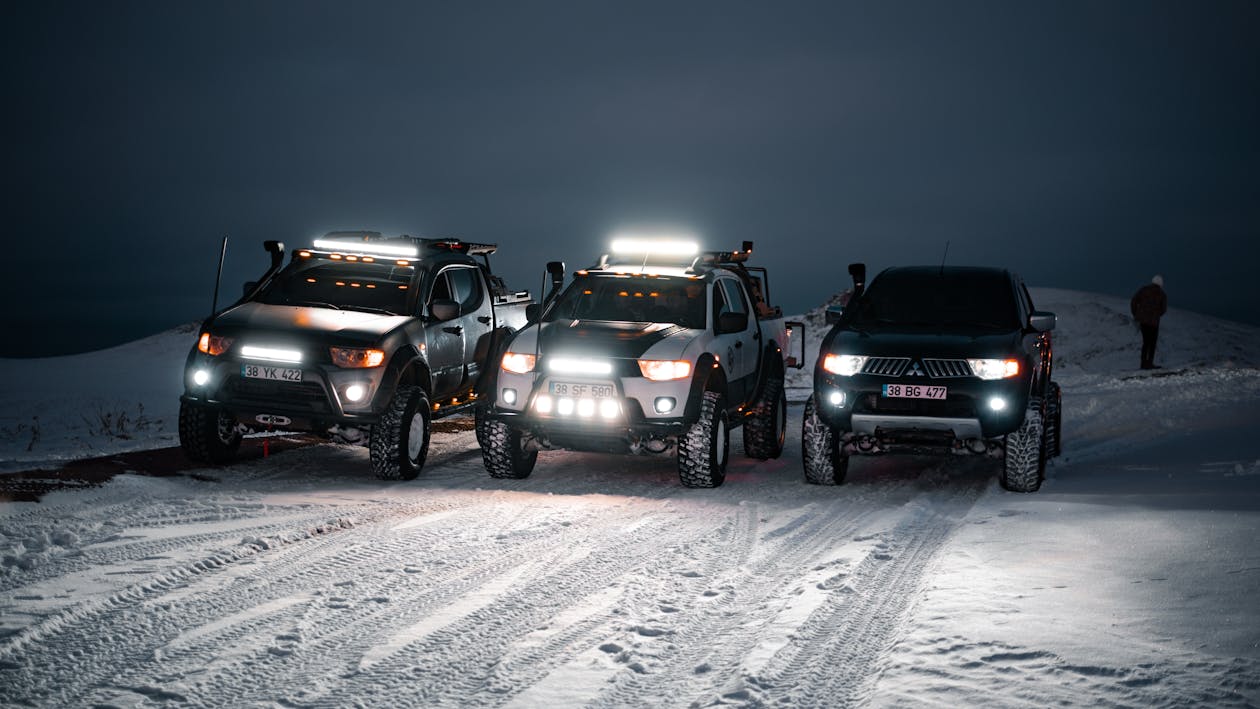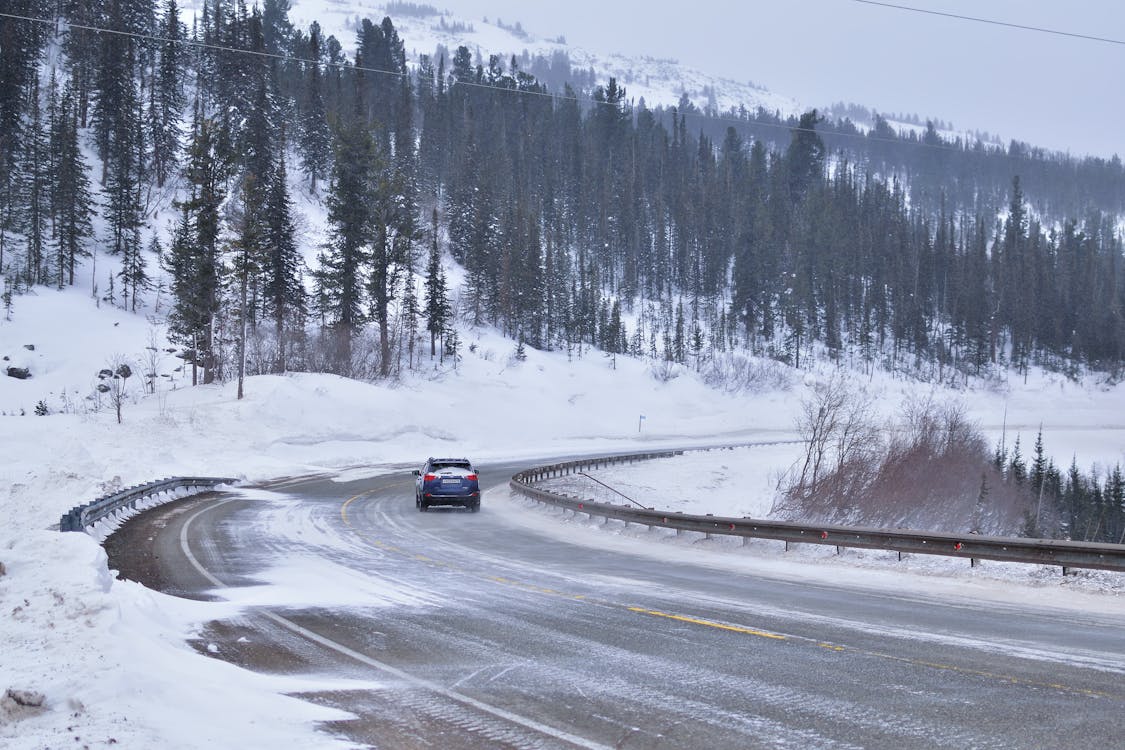As winter reaches its peak and snow blankets the roads, drivers around the world face challenges that demand more than skilled handling. Slippery and icy roads can quickly turn into dangerous traps, making choosing the right drivetrain crucial for navigating these extreme conditions. The difference between part-time four-wheel drive (4WD), all-wheel drive (AWD), and two-wheel drive (2WD) can mean the difference between a safe journey and significant risks. So, how can motorists make the best decision to ensure a smooth and secure winter drive?
4WD: Power and Strength
The 4WD (Four-Wheel Drive) system distributes engine power to all four wheels when needed, providing maximum traction on rough terrain and snowy roads. This system is typically engaged manually by the driver in challenging conditions, making it ideal for mountain trails and unpaved roads. However, its use in urban settings can be less practical, higher fuel consumption and a less smooth driving experience on dry roads make it less suitable for daily commutes.
 Cars on Snowy Road (Pexels)
Cars on Snowy Road (Pexels)
AWD: Safety and Comfort
Unlike 4WD, the AWD (All-Wheel Drive) system operates continuously, automatically adjusting power distribution to each wheel depending on road conditions. It is particularly useful in urban areas with unpredictable weather, such as sudden snowfall or heavy rain, as it provides enhanced traction without requiring driver intervention. Additionally, AWD is generally more fuel-efficient than 4WD while still offering improved stability on slippery roads.
 A car on the road during winter (Pexels)
A car on the road during winter (Pexels)
2WD: Cost-Effective Option
The 2WD (Two-Wheel Drive) system powers only two wheels, either the front (FWD) or the rear (RWD), making it the most common option in economy and family vehicles. Its primary advantage lies in lower fuel consumption and reduced maintenance costs. However, it performs poorly in snowy conditions. Front-wheel-drive (FWD) vehicles generally offer better grips on wet roads, whereas rear-wheel-drive (RWD) vehicles can be more challenging to control in winter conditions. For those relying on a 2WD vehicle during the colder months, equipping it with winter tires and following essential safety guidelines is crucial to prevent accidents.
Choosing the Right Drivetrain for the Road Ahead
Selecting the appropriate drivetrain depends largely on the driving conditions and the climate the driver encounters daily. For those frequently navigating mountainous or unpaved roads, 4WD remains the safest choice, providing superior power and stability. In contrast, for city dwellers facing occasional harsh weather, AWD offers the perfect compromise between performance and convenience. Meanwhile, 2WD vehicle owners must exercise extra caution during winter, taking additional safety measures, such as installing proper tires and adopting a more careful driving approach.
Ultimately, a well-informed choice and adequate preparation can make all the difference between a controlled winter drive and a hazardous journey on snow-covered roads.
 French
French













